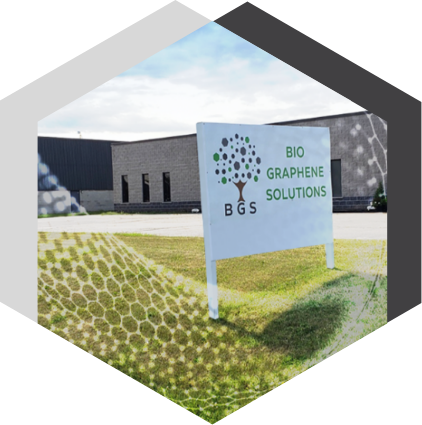Technology
WHAT IS GRAPHENE
Graphene is derived from carbon. At its simplest and purest form, graphene is a 2D single-layer of carbon atoms arranged in a hexagonal lattice. It was first isolated by the University of Manchester in 2004 and won a Nobel prize as a material in 2010.
The most common way of producing graphene is by exfoliating graphite (a purer form of carbon – composed of 100,000s of carbon layers). Graphene is defined as 10 carbon-layers or less, and the properties gained from graphene as a performance additive, exponentially increase as the number of carbon layers diminish… therefore, the expectation of performance from integrating 2-layered graphene in a material would outweigh the performance benefit from that of 8-layered graphene.
As a performance additive, adding a trace amount of graphene can replace other additives in various commercial applications at a lower cost and superior quality – improving strength and/or making an application lighter as less raw material is needed for the same performance
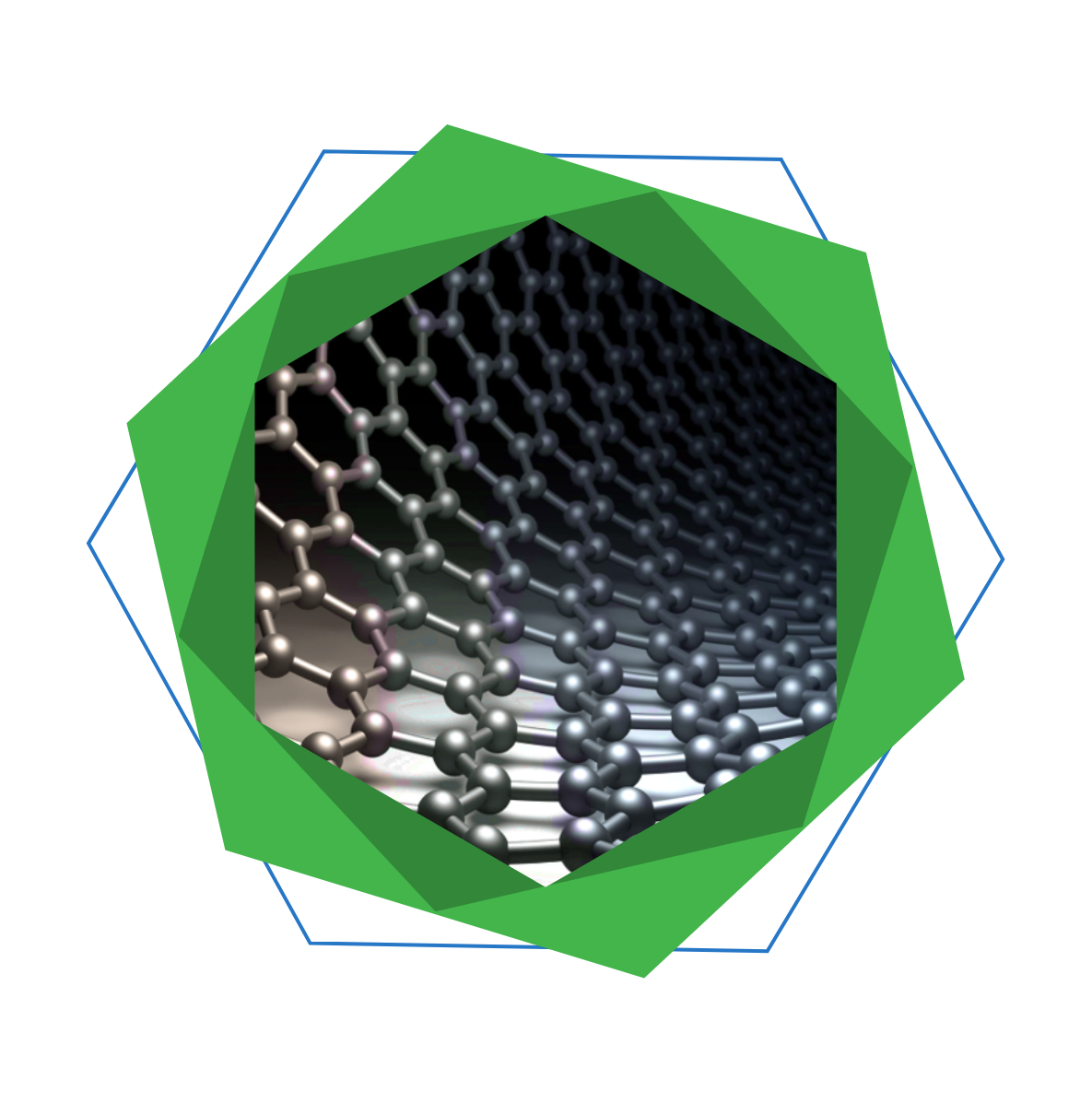
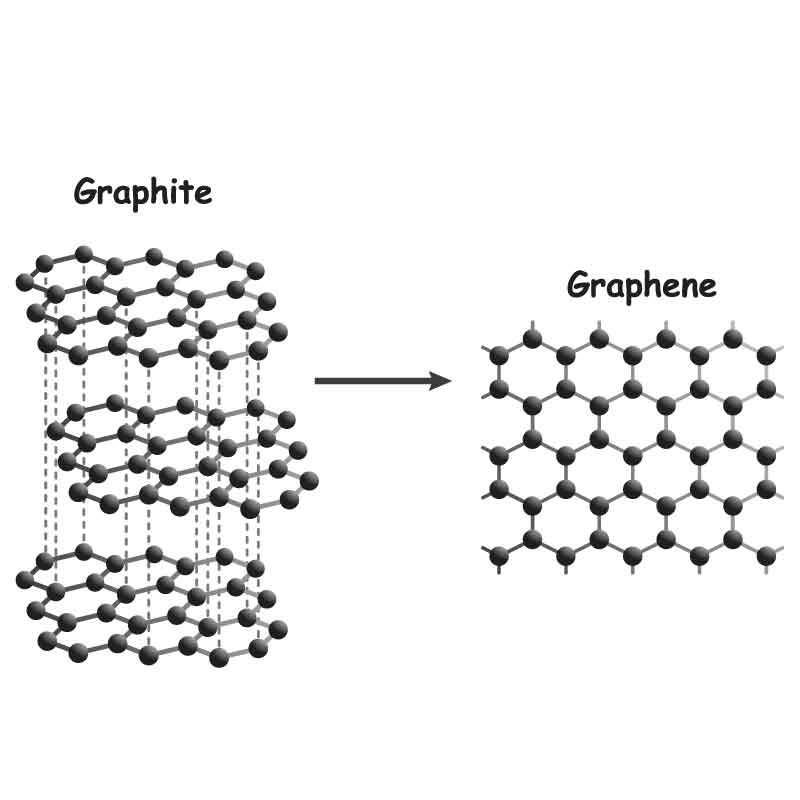
Characteristics
of graphene
- Strength
- Toughness
- Elasticity
- Thermal and Electrical Conductivity
- Water Impermeability
- Weight Reduction
THE GREATEST CHALLENGE WITH TRADITIONAL GRAPHENE IS PRODUCT CONSISTENCY, COST-EFFICIENCY, AND ENVIRONMENTAL IMPACT
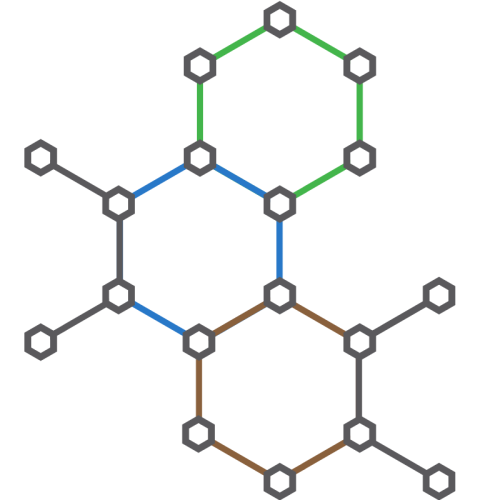
GRAPHENE’S CURRENT DRAWBACKS
Graphene’s applications are wide-ranging with the potential to disrupt numerous industry verticals. That said, there are significant drawbacks that currently exist in the traditional conversion of graphite-to-graphene via a liquid-mechanical exfoliation process:
- The graphene exfoliation process is not environmentally friendly – requires harsh chemicals, acids, and solvents that produce by-product waste
- The quality of the graphene is highly dependent on the quality (level of impurities) of the graphite source (due to batch-to-batch and purity inconsistencies in graphite deposits, traditional processes have difficulty in producing consistent graphene quality which leads to poor product confidence for end-customers)
- Requires a large operating facility to support commercial production
- Constrained source material supply-chain – graphite deposits mainly found in South America, Africa, and China
- Integration issues – poorer graphene quality creates stability problems with final product integration (for example, sand mixed with water vs. salt mixed with water)
- Overall poor carbon footprint to produce
THE BGS DIFFERENCE: PRODUCING A CONSISTENT, HIGH-QUALITY BIOGRAPHENE PRODUCT VIA 100% ORGANIC SOURCE MATERIALS
OUR NANOTECHNOLOGY
Our cleantech production approach is ecologically friendly and non-invasive, differing greatly from traditional graphite-based production methods.
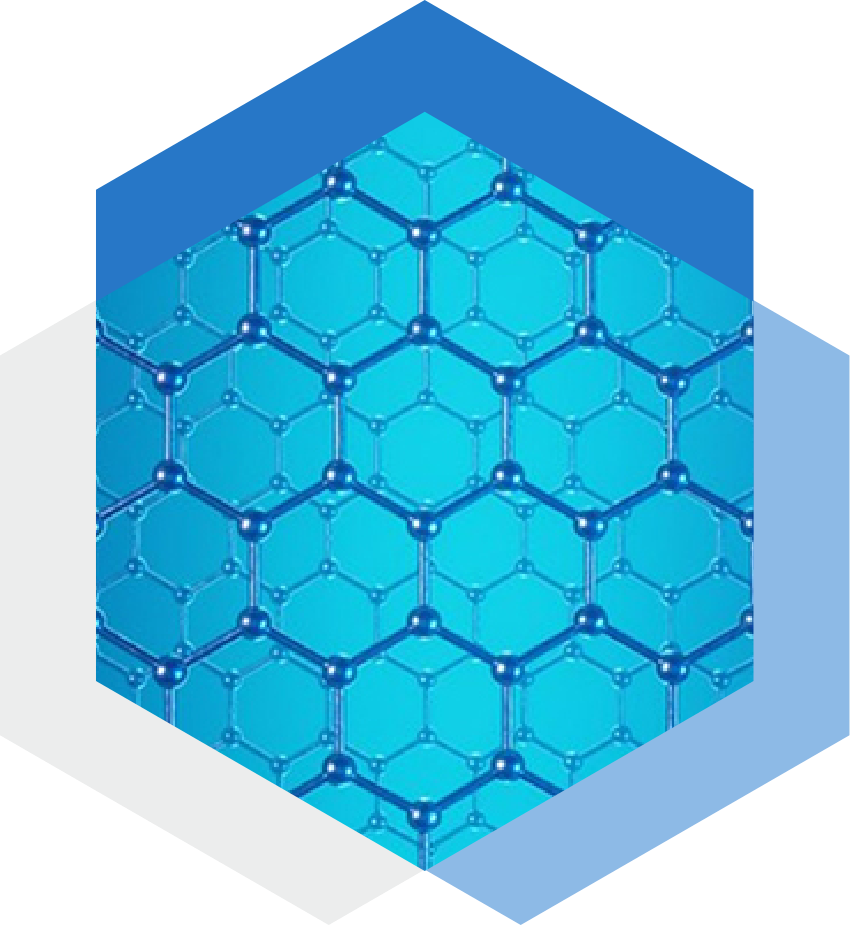
- Unique IP that enables us to convert readily available 100% organic materials via a thermal-mechanical process
- Clean-technology production methodology – we do not rely on harsh chemicals, acids, or solvents during our production process (no by-product waste)
- The process is controllable – can be calibrated to produce different quality levels of biographene that’s BEST suited for different applications
- Compact and efficient production design – does not require a large industrial footprint to support commercial production
- Price leadership – The QUALITY and CONSISTENCY of our graphene material enables much lower graphene loading concentrations to achieve superior performance results – allowing us to support commodity driven applications in a cost-conscious manner
- The quality and purity of our material allows us to enter any relevant graphene market (e.g. batteries, coatings, thermoset, thermoplastics & electronics)
*BGS’ proprietary nanotechnology process is patent pending. USPTO # 63/365,739
